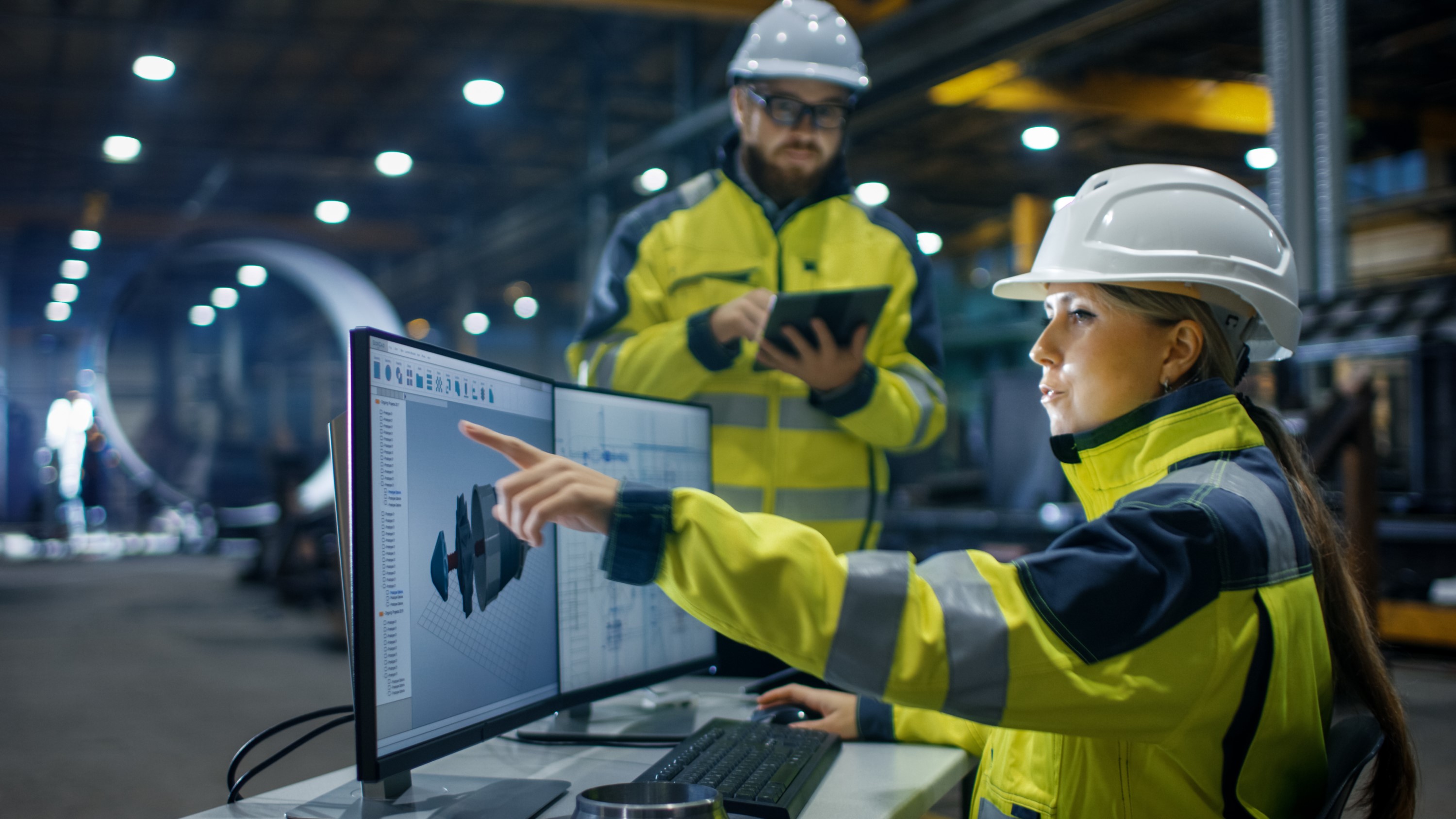Apart from the strategic and regulatory issues that drive spending on maintenance and repair shops, there is the physical design of those facilities. The layouts vary depending on the types of services performed, but shops do share some common design features. Inspection pits and raised rail tracks are usually the first stop outside the shop. The pits have elevated work platforms, lube oil & other fluid supply systems, compressed air, water & soaping systems for routine inspections, and maintenance & cleaning of locomotives.


Locomotives that need more significant maintenance such as engine rebuilds or wheel changes will move into different parts of the shop, which houses a variety of lift equipment for doing those repairs. Lift equipment can include jib cranes, pedestal-mounted cranes, overhead cranes, and mobile cranes. Hydraulic lifts for undercarriage work, wheel lathes, and drop tables used for servicing engine components are also common in many repair shops. Shops also need to be designed with fluid recovery systems and other ways of dealing with hazardous waste.
In addition, good shop design must consider how efficient it is for maintenance personnel to access and use. That can be simple matters, such as how easy it is for employees to enter the facility from the parking lot, or the availability of changing stations, office & conference space, and break rooms.
